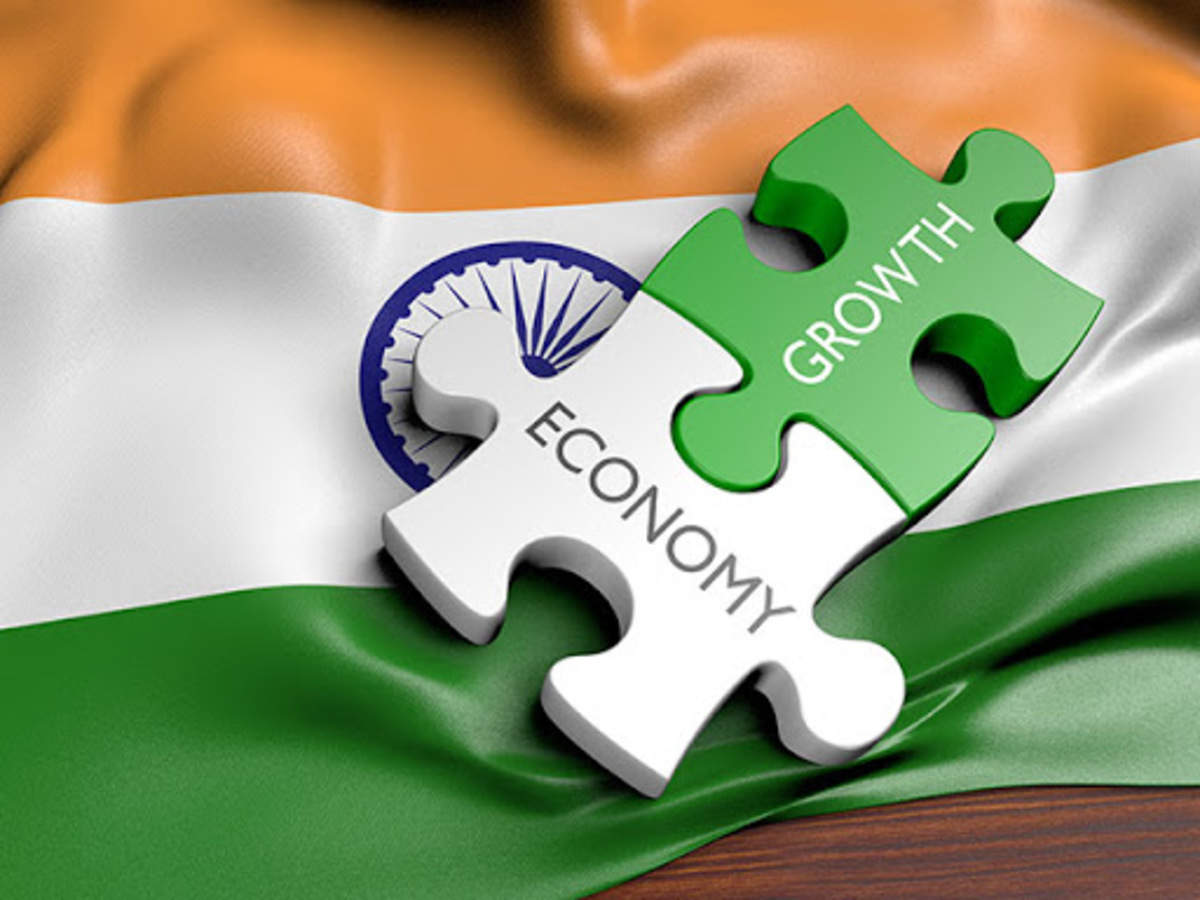After two decades of economic growth, the haunting ghost of trade restrictions has returned. It proposes steadily but surely to put shackles on the flowing incremental streams of prosperity in the Indian economy. The Indian government has put an effective embargo on the importation of laptops and the personal computer segment from China to boost domestic manufacturing and address securing concerns. To fully appreciate the context of this perverse development, one must consider the economic journey of India since the watershed moment of 1991, when a fresh era of liberalization commenced.
In 1991, facing a balance of payments crisis, India pivoted from socialism to a market-driven economy, boosting its GDP from $275.4 billion to $3.39 trillion by 2022, becoming the fifth-largest global economy. This resulted from expanding international trade, where the trade-to-GDP ratio rose from 15% to 45% in 2021, propelled by reduced tariffs, liberalized foreign investment, and a business-friendly environment. This integration fostered increased goods inflow, technological exchange, and enhanced productivity and consumption.
Trade liberalization, however, is not just a cold economic term for India; it is the beating heart of a transformative journey that touched the lives of ordinary, often overlooked Indians. The compelling study by Datt and Ravallion paints a stirring image: extreme poverty plummeted from 46% in 1991 to under 20% within a mere decade. This is not a story of wealth merely trickling to the top; it is a tale of economic waves lifting countless souls from the depths of poverty. Nowhere is this miracle more pronounced than in rural India. Topalova’s research shines a light on this rural renaissance: a staggering 3.8% annual growth in consumption from 1991-2005, bringing households modern comforts and the basics of clean water and sanitation as well as possession of durable goods like televisions and radios. The echo of progress resonates, and it is profoundly human.
The Zombie of Import Substitution and its Detrimental Effects
Once, luxuries like fine foods, exotic fabrics, and rare spices were reserved for royalty and the elite as symbols of status and power. Today, these commodities, such as coffee, tea, and chocolate, are casually enjoyed by millions, with modern supermarkets offering goods from all over the world. Where kings once had reserved jesters, musicians and intellectuals, today’s individuals have devices offering music, movies, books, games, and knowledge across cultures and eras.
In the dynamically shifting landscape of global commerce, modern entrepreneurs, propelled by relentless competitive forces, strategically gravitate toward international cost-efficiency solutions to amplify product access to all. This paradigm starkly contrasts with methodologies of the past that were deeply entrenched in tradition, wary of change and viewed nascent innovations as potential disruptors. The modern drumbeat for import substitution emanates from an aspirational vision to fortify domestic industries against foreign competition, championing the cause of economic self-determination.
Such sentiments harmoniously intertwine with the venerable Infant Industry Argument, which postulates that nascent sectors warrant transitory shielding. Instruments like Production Linked Incentive schemes further accentuate this doctrine, encouraging domestic production via subsidy incentives. Though intended for societal benefit and employment generation, these endeavors fundamentally misunderstand innovation’s drivers. Presuming that merely providing subsidies and securing domestic market monopolies catalyzes technological advancement is flawed. Such policies, while well-intentioned, inadvertently compromise public economic progress and living standards.
In the modern globalized world, many regions have experienced unprecedented innovations in production and consumption. Yet, these transformations have been concentrated in areas with the right institutional frameworks that encourage trade and commerce. Comparing India’s past economic isolationism with Japan provides a clear example. Post-WWII, Japan, guided by the USA, transitioned from isolationism to open trade, transforming from a war-ravaged state to an innovation hub with high living standards. Meanwhile, India opted for trade protectionism, using import substitution and subsidies, leading to less-than optimal outcomes. Instead of merely importing goods, Japan’s openness brought a wealth of knowledge and information, fostering industry efficiency and quality.
It came about because by opening up its borders to trade, Japan did not only open itself to foreign competition and foreign goods but to a vast interconnected network of knowledge and information. This crucial knowledge includes knowledge about efficient production methods, product standards, and comprehensive feedback from other market participants. Japanese entrepreneurs then employed these vital bits of knowledge in the incentive structure of the market. Furthermore, by striving to best satisfy consumers’ wishes, they could survive in the international market, earning profits and, in many cases, gradually dominating and setting standards for the industry.
The most significant gift that openness to trade provides the people of a country is access to varied markets, each with its unique bits of information and knowledge, which, having survived the cleansing process of profit and loss have become fit for emulation, such that people can learn about the best ways of using resources. The process of innovation, which reduces cost and improves economic well-being, takes place when different existing ideas are combined skillfully, such that it replaces an existing form of technology or product. Therefore, it becomes crucial to have a wide disposal of ideas to learn and use to avoid stagnation. Trade thus acts as a bowl of inspiration for entrepreneurs looking to profitably combine and recombine ideas to best serve consumers.
Whereas, markets become diffusion points of knowledge, competition ensures adequate incentives for producers to serve consumers. The implementing trade restrictions that prevent foreign firms from serving consumers exerts a disproportional monopolizing force on consumers. This is because domestic firms face a significantly lesser need to engage in the process of innovation, which improves economic well-being than if foreign firms with better ways of using resources were allowed to serve consumers. The effects of such policies can be seen clearly when contrasting the growth trajectories of different sectors in India and Japan.
Protectionist measures, including high tariffs and quotas, have stymied innovation in India’s automotive sector. Such policies kept international competition at bay, resulting in a lack of motivation for domestic firms to evolve. Consequently, Indian consumers had limited access to advanced automotive products, facing high prices and limited choices compared with other countries. Contrarily, Japan’s automotive industry, nurtured by policies promoting competition, witnessed rapid progress. The synergy between government, industry, and academia led to pioneering research and product development, giving Japanese consumers a rich selection of vehicles.
A similar trend was observed in the electronics sector. India’s industry, hindered by protectionism, trailed behind in technological advancement, resulting in consumers having limited access to quality electronic products. In contrast, Japan’s policies of integration and innovation rendered it a global leader in electronics, with its citizens enjoying diversely ranged advanced products.
Despite its rich iron ore reserves, India’s steel industry faced inefficiencies because of protectionist policies and lagging in technological adoption. This impacted the quality and price of steel, narrowing the range of steel-dependent products available to Indian consumers. Japan, emphasizing technological adoption and international standards, transformed into one of the world’s most advanced steel producers, reflecting a diverse consumption basket. India’s once globally renowned textile industry experienced stagnation because of protectionism, confining consumers to traditional styles. Conversely, Japan’s emphasis on modernization and global integration led to a flourishing textile sector, offering its customers varied products.
In conclusion, India’s experience with protectionism, when juxtaposed with Japan’s openness to global trade, unequivocally highlights the latter’s merits. Openness to trade is not merely an exchange of goods; it is a gateway to knowledge, innovation, and prosperity. Therefore, as India grapples with the ghost of trade restrictions, it should recall its lessons from the past and remove the trade embargo with China. Trading enriches economies, broadens horizons, empowers citizens, and ultimately paves the way for a nation’s sustained progress. Ignoring the evidential benefits of global integration could set India on a regressive path, potentially impeding the immense progress achieved since 1991.
Read More: Reviving India’s Pursuit for Speed: Evolution and Challenges
Post Disclaimer
The opinions expressed in this essay are those of the authors. They do not purport to reflect the opinions or views of CCS.






